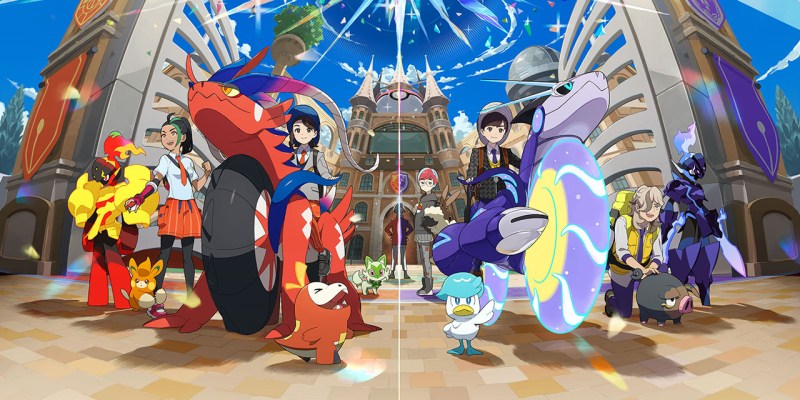This article contains spoilers for Pokémon Scarlet and Violet in its discussion of series plot conventions and anime plotting.
I’m not the biggest Pokémon fan around, but I’ve always been familiar with the franchise, both in video game and anime form, even when I skipped entire gens and stopped following Ash Ketchum’s seemingly endless adventures. While I love its relaxed universe, Pokémon always struggled to maintain my attention in the long run because its storytelling refused to grow up alongside the fans.
Don’t get me wrong — I believe Pokémon and other big IPs originally envisioned with kids in mind should focus on entertaining (and educating) the little ones first and foremost. However, with such a big following of now-adults, you’d think at least some of its entries would explore deeper narratives and raise important questions about the world and its inhabitants, both Pokémon and human.
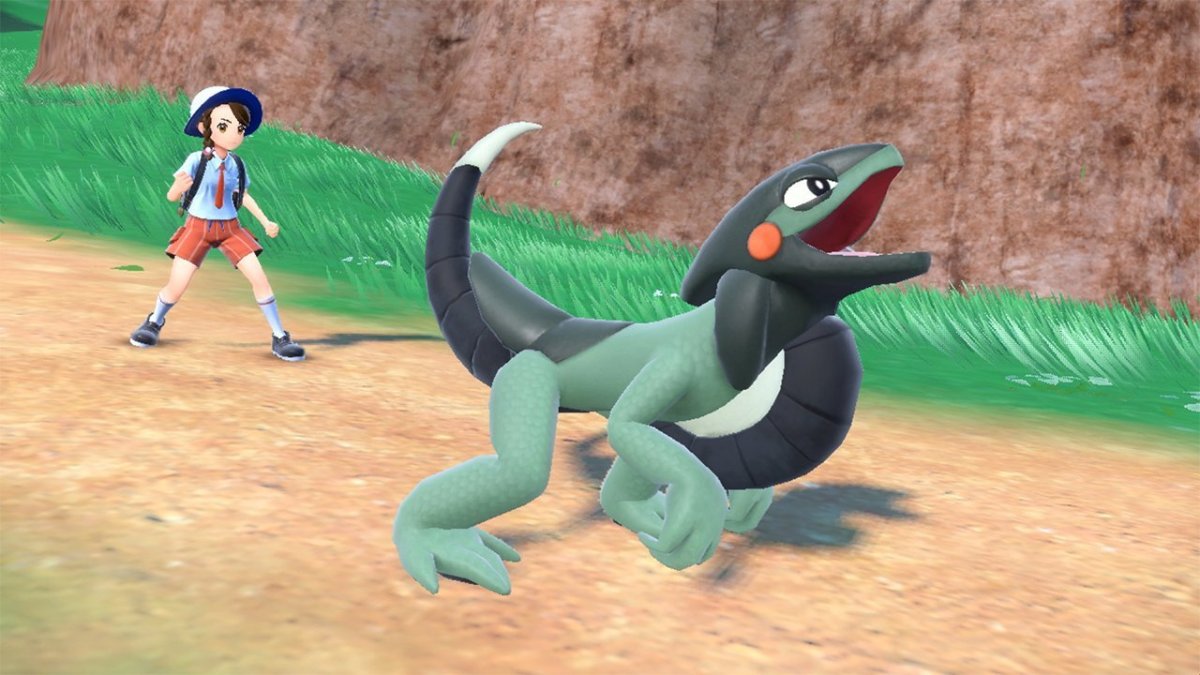
I lost all hope for change on the anime front long ago, as it seems that Pokémon is perfectly content doing what it’s always done best on TV, and it’s never got nearly as weird and off-beat as Digimon. But what about the games? With so many of them coming out relentlessly and many long-running franchises exploring different genres, tones, and corners of their respective universes, there’s plenty of space (and demand) there to deliver a Pokémon adventure with a heavier focus on story and characters.
Much has been written about both Pokémon Legends: Arceus and Pokémon Scarlet and Violet as heralds of a new age of game design for the mainline games. But have they done the same for the series’s narrative efforts? I cannot speak about Arceus, since I haven’t checked it out, but Scarlet and Violet managed to wow me more than once with their script and mindful discourse on delicate matters.
As disappointed as I was with this release as a product, the game(s) itself is pretty solid and opens up a number of doors that I hope are further explored in the future. I’ve enjoyed my time in Paldea and am looking forward to Game Freak’s post-launch plans after the mind-blowing sales numbers. With any luck, those plans will also include an extension of the game’s narrative.
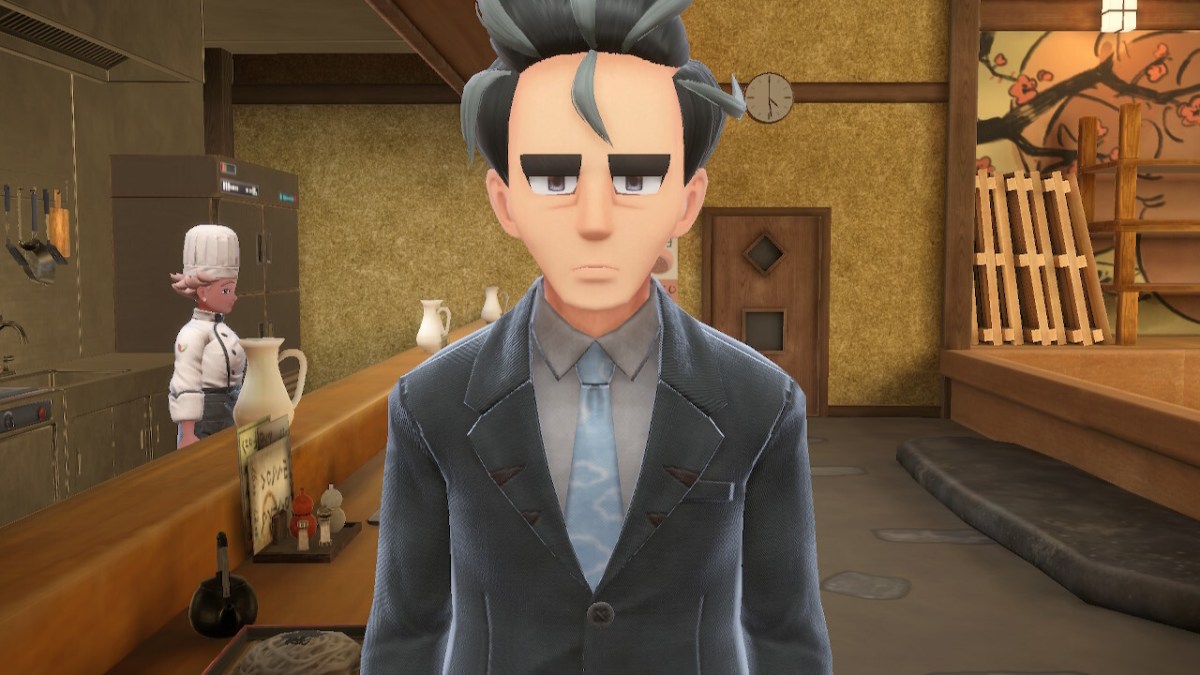
I was dubious at first about the disjointed plot structure of Pokémon Scarlet and Violet, which seemed built that way to accommodate the content first and the different storylines second. After beating the entire thing, I still believe Game Freak did exactly that, and I don’t blame it. But, lo and behold, I actually gave a damn about all of the storylines and most of the characters that I had fully expected to be just walking stereotypes full of themselves – hey, don’t throw tomatoes at me, it’s a big tradition of this franchise!
It turns out that Pokémon games can say meaningful things beyond the copy-pasted “power of friendship” beats that we all have endured for decades. All three questlines (or story paths, as the game likes to call them) run in parallel, in mostly non-linear ways, and completely separate until a final section that brings the mystery at the center of the game to an explosive, more-anime-than-ever conclusion. It rocks!
“Victory Road” is the path with the least surprises as expected, as it mostly sticks to the unbreakable Pokémon premise of an aspiring trainer steamrolling each town / city’s Gym Leader and later doing the same with the Elite Four and the ultimate champion of the region. That being said, the design and personality of each Gym Leader and Elite Four member felt way more fleshed out this time around. Plus, they had more things to say and do after you trashed them. They were actual characters and no longer static NPCs, hooray!
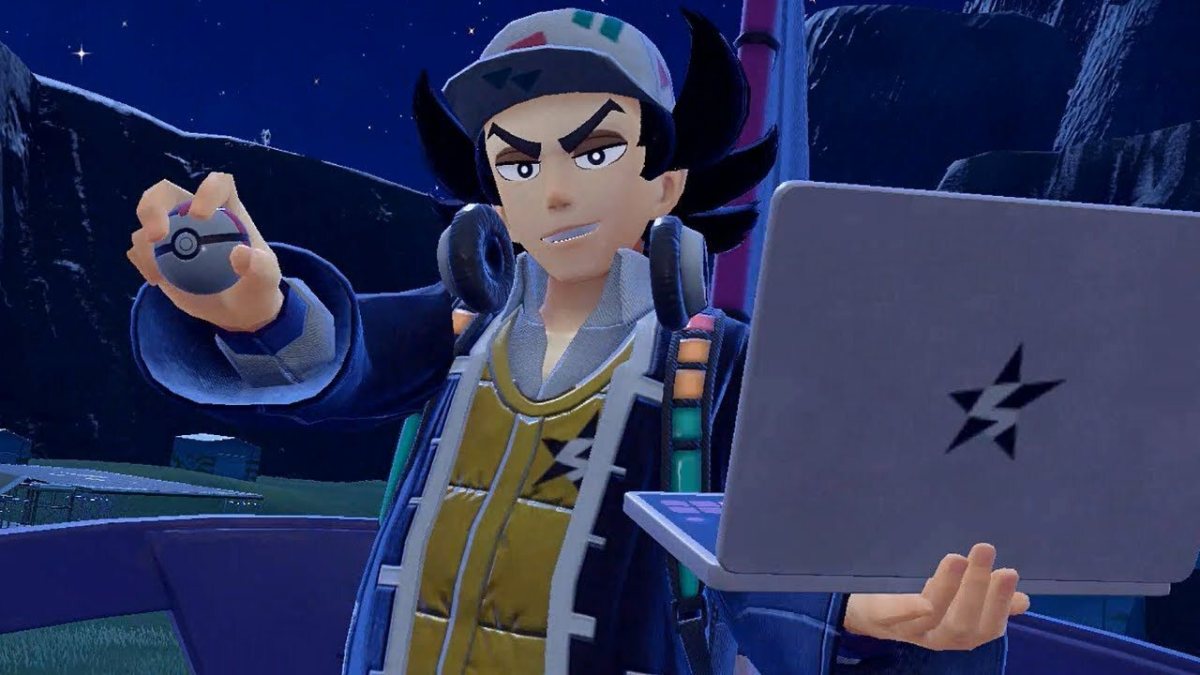
Secondly, “Starfall Street” might be the most emotional and sincere Pokémon storyline I’ve ever come across. This time around, there’s neither a criminal organization nor a bunch of eco-terrorists trying to ruin everyone’s day. The newest “bad guys” faction is just… a bunch of kids that were bullied and became the bullies when Paldea’s educational system failed them. Clearing their bases isn’t much fun in the long run, but I quickly became deeply invested in the leaders’ struggles and the why and how behind their fall from grace.
Moreover, there are flashbacks that add even more layers to each boss’s insecurities and fears, sometimes even outside the Academy. Even when I didn’t personally relate to them, the simple yet honest writing made me care about the characters’ troubled past and understand why they had “escaped” a system that simply didn’t work. And more importantly, empathy and good talks are what ended up fixing everything. Lovely stuff.
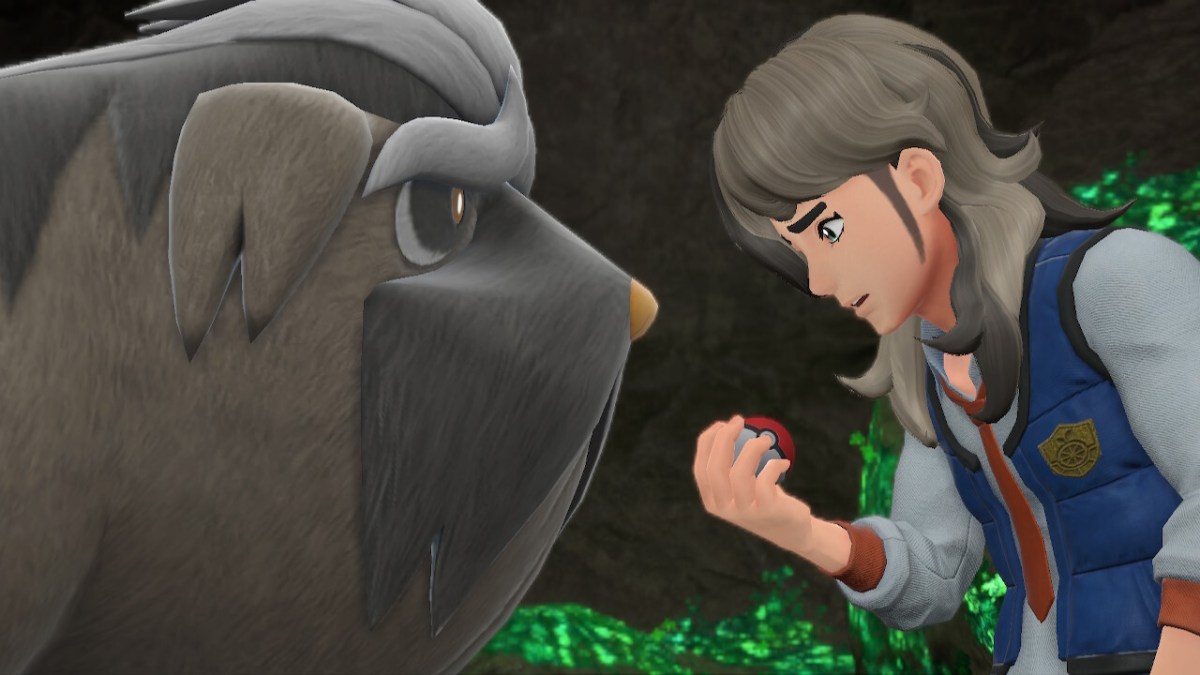
The big tears came with “Path of Legends,” a rather straightforward storyline that tasks the player with defeating a number of troublesome kaiju-sized Pokémon called Titans. Early on, Arven’s role in the game isn’t quite clear, but he rapidly became my favorite character in the game simply because of how good-hearted he is. Behind this odyssey there’s a hunt for legendary herbs that will hopefully heal Arven’s Mabosstiff, his best doggo friend. Yup, it’s a “Pokémon suddenly deals with mortality” episode!
I love my dog and would do anything in my power to save her, so this one landed a critical hit on me and probably anyone with pets. Easy win there for Game Freak, but it’s genuinely well written, especially once we learn that Mabosstiff was Arven’s sole emotional support growing up – his scientist parents were barely around to take care of him and later disappeared under mysterious circumstances.
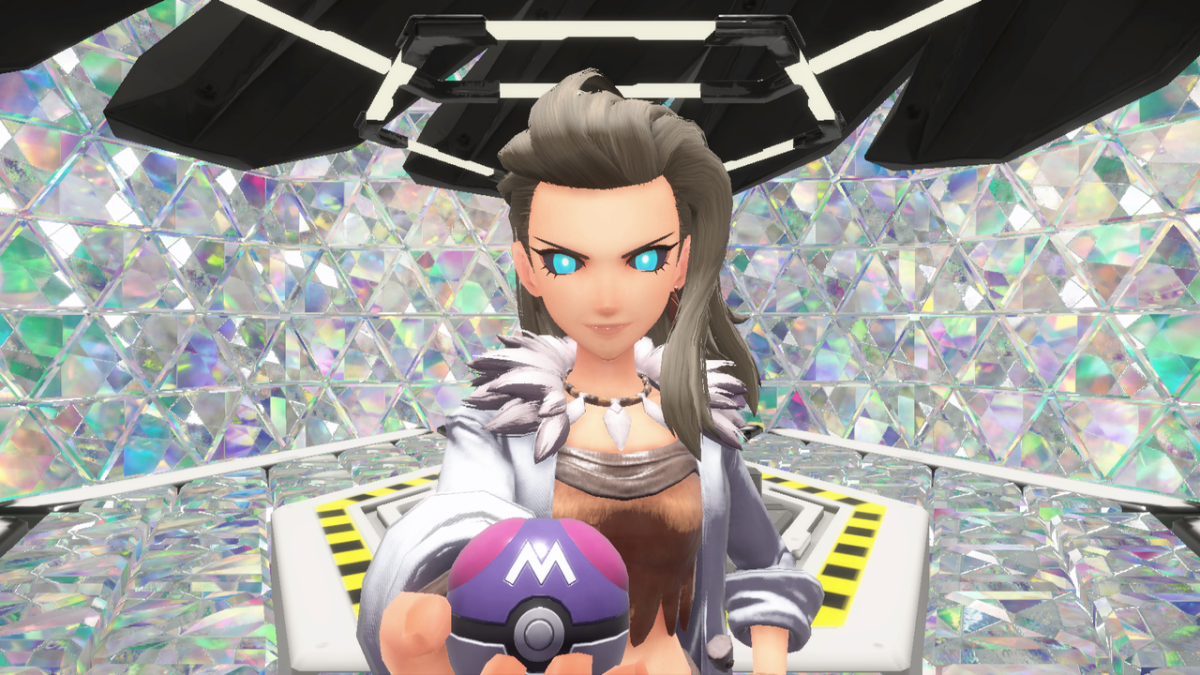
All three storylines pay off in the aforementioned final stretch of the game, where we find out about the secret of Area Zero and Pokémon Scarlet and Violet goes wild with the science fiction, putting on a frankly satisfying and epic final fight against… an android version of the now-deceased father/mother of Arven. Also: the weird Pokémon (like the one you use to ride / fly around) were coming from the past / future. Yeah. That’s… a lot. And it slaps.
Mind you, the presentation of it all isn’t very impressive – as I alluded to, Scarlet and Violet needed more time and budget – but once again, the game’s heart was in the right place, and the writers knew what they were going for and delivered. No more dull walks to ruins where a Pokémon deity is unleashed. No more twist-less assaults on stupid criminal wannabes. Just good writing that behaves like a hit mainstream anime instead of a cookie-cutter JRPG designed to sell toys and merch.
Let’s hope this wasn’t a fluke, because I want to really care about Pokémon beyond its sense of wonder and the peaceful grinds. And it appears such a development wasn’t so hard to achieve after all.
